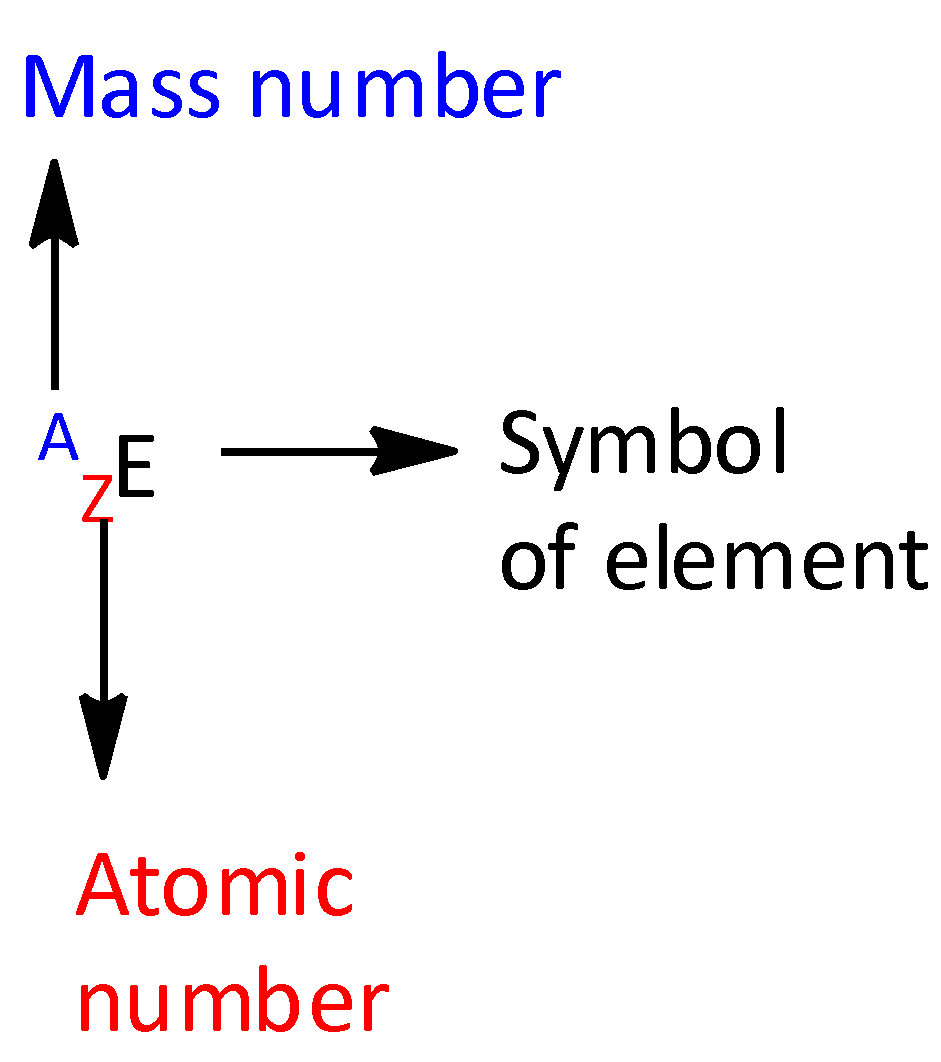
Atomic number of an atom is equal to the ______
A.number of protons
B.number of electrons
C.both a and b
D.sum of proton and electron
Answer
569.1k+ views
Hint: We know that an atom comprises positive charge nucleus, with negatively charged particles called as electrons surrounding the nucleus. We also know that the atomic nucleus consists of protons and neutrons present in them.
Complete step by step answer:
The protons and neutrons are present inside a small, dense region present at the center of the atom called a nucleus.
We know that the neutrons and protons are present inside the nucleus. The neutron and protons are collectively called nucleons.
We know that the atom contains positively charged nucleus present at its center and negatively charged particles known as electrons, which revolves around the nucleus in circulating paths called as orbitals. The nucleus and electrons are bound together by the means of electrostatic force.
The mass of the atom is concentrated in the nucleus with a small part from the cloud of electrons.
The sum of the protons and neutrons in the nucleus is known as mass number.
The number of protons present in the nucleus is known as atomic number.
For an element ${\text{E,}}$ the top left number represents the mass number and the bottom left number represents the atomic number.

The letter A represents mass number.
The letter Z represents atomic numbers.
Atomic number of an element tells about the number of protons present.
${\text{Atomic}}\,{\text{number = Number}}\,{\text{of}}\,{\text{protons}}$
The number of protons present will be equal to the number of electrons.
${\text{Number}}\,{\text{of}}\,{\text{protons = Number}}\,{\text{of}}\,{\text{electrons}}$
Therefore, the atomic number of an atom is equal to both the number of electrons and protons present in an atom.
$\therefore $ Option (C) is correct .
Note:
Let us take an example of an element having atomic number 12, the number of protons and electrons present in the element will also be 12. Every element in the periodic table will have a different number of protons. Since an atom contains the same number of protons and electrons, we can say an atom is neutral in terms of electrical charge. The atomic number of the element is written front and slightly below the symbol of the element.
Example: For the given element ${}_2^4He$, the atomic number is two and the number of protons and electrons present in the element is also two.
Complete step by step answer:
The protons and neutrons are present inside a small, dense region present at the center of the atom called a nucleus.
We know that the neutrons and protons are present inside the nucleus. The neutron and protons are collectively called nucleons.
We know that the atom contains positively charged nucleus present at its center and negatively charged particles known as electrons, which revolves around the nucleus in circulating paths called as orbitals. The nucleus and electrons are bound together by the means of electrostatic force.
The mass of the atom is concentrated in the nucleus with a small part from the cloud of electrons.
The sum of the protons and neutrons in the nucleus is known as mass number.
The number of protons present in the nucleus is known as atomic number.
For an element ${\text{E,}}$ the top left number represents the mass number and the bottom left number represents the atomic number.

The letter A represents mass number.
The letter Z represents atomic numbers.
Atomic number of an element tells about the number of protons present.
${\text{Atomic}}\,{\text{number = Number}}\,{\text{of}}\,{\text{protons}}$
The number of protons present will be equal to the number of electrons.
${\text{Number}}\,{\text{of}}\,{\text{protons = Number}}\,{\text{of}}\,{\text{electrons}}$
Therefore, the atomic number of an atom is equal to both the number of electrons and protons present in an atom.
$\therefore $ Option (C) is correct .
Note:
Let us take an example of an element having atomic number 12, the number of protons and electrons present in the element will also be 12. Every element in the periodic table will have a different number of protons. Since an atom contains the same number of protons and electrons, we can say an atom is neutral in terms of electrical charge. The atomic number of the element is written front and slightly below the symbol of the element.
Example: For the given element ${}_2^4He$, the atomic number is two and the number of protons and electrons present in the element is also two.
Recently Updated Pages
Master Class 12 Business Studies: Engaging Questions & Answers for Success

Master Class 12 Economics: Engaging Questions & Answers for Success

Master Class 12 English: Engaging Questions & Answers for Success

Master Class 12 Maths: Engaging Questions & Answers for Success

Master Class 12 Social Science: Engaging Questions & Answers for Success

Master Class 12 Chemistry: Engaging Questions & Answers for Success

Trending doubts
What is meant by exothermic and endothermic reactions class 11 chemistry CBSE

Which animal has three hearts class 11 biology CBSE

10 examples of friction in our daily life

One Metric ton is equal to kg A 10000 B 1000 C 100 class 11 physics CBSE

1 Quintal is equal to a 110 kg b 10 kg c 100kg d 1000 class 11 physics CBSE

Difference Between Prokaryotic Cells and Eukaryotic Cells




